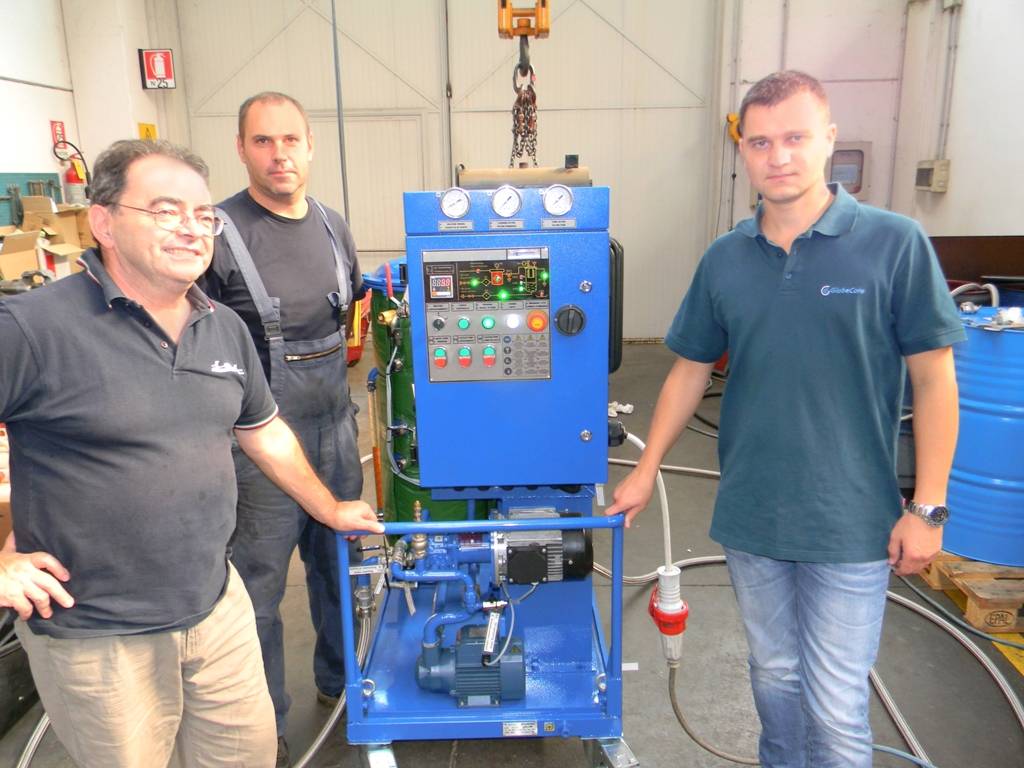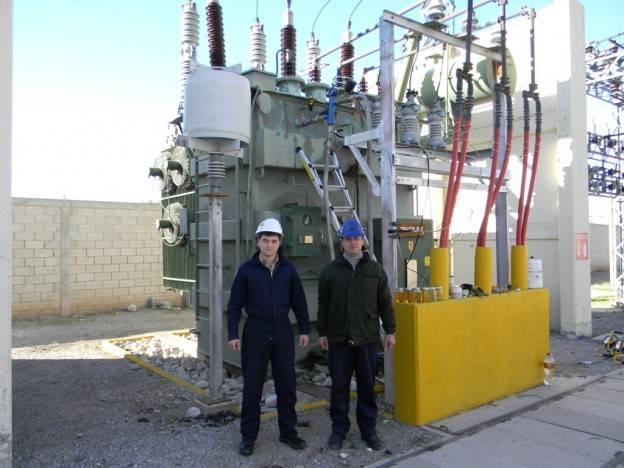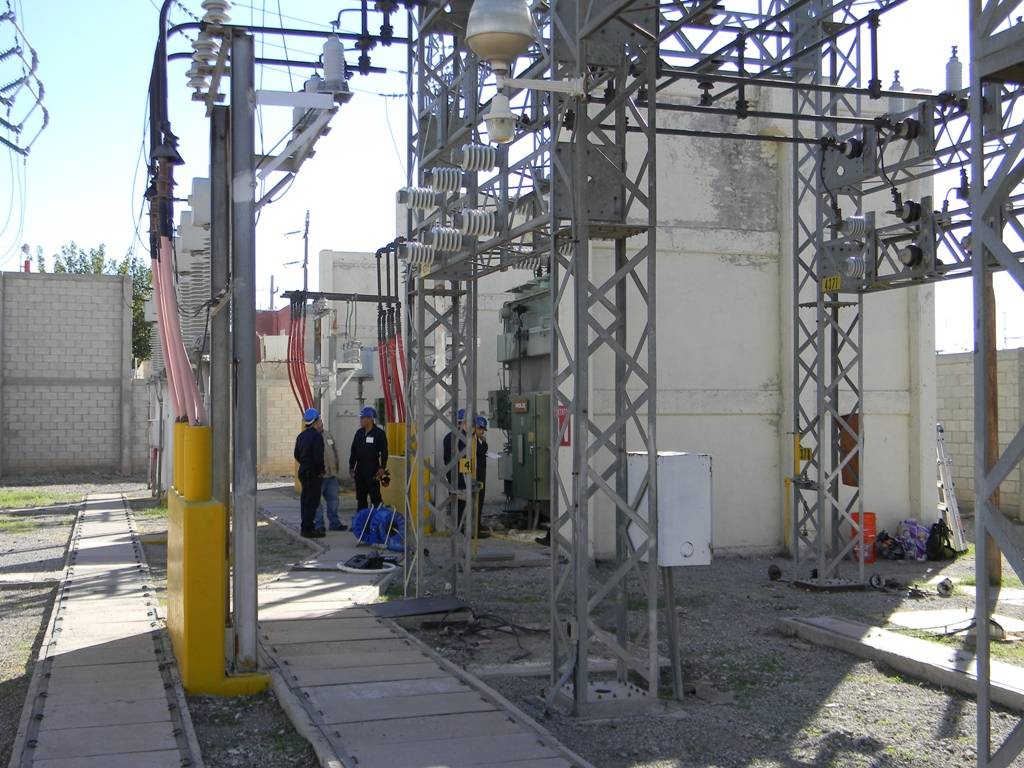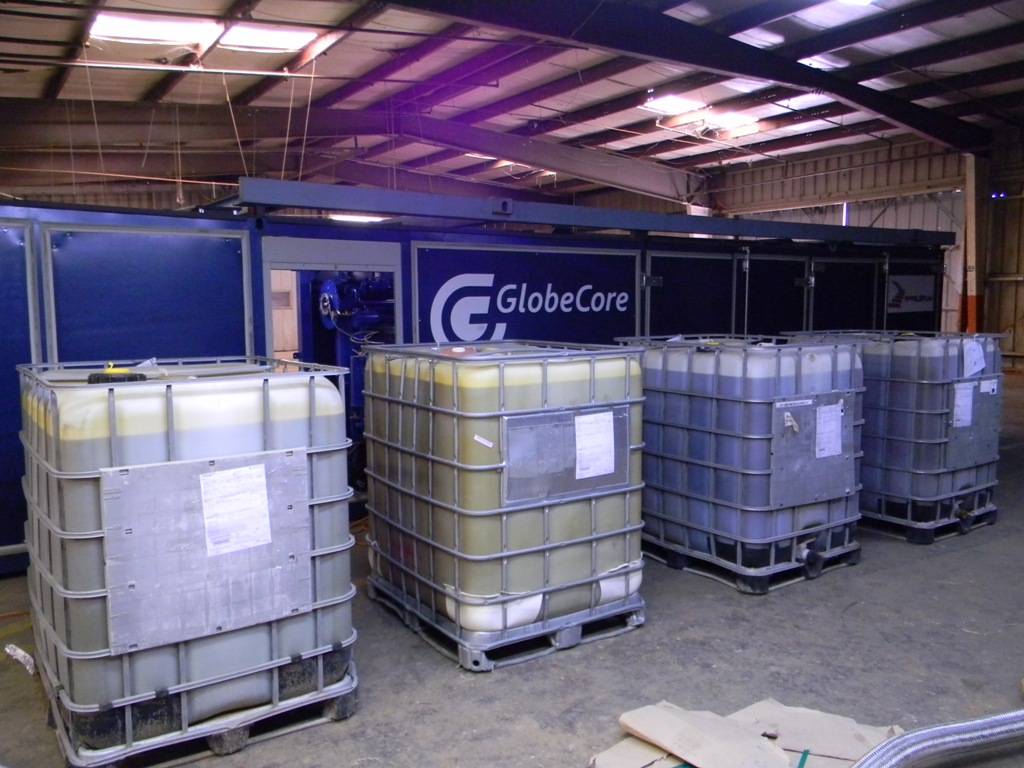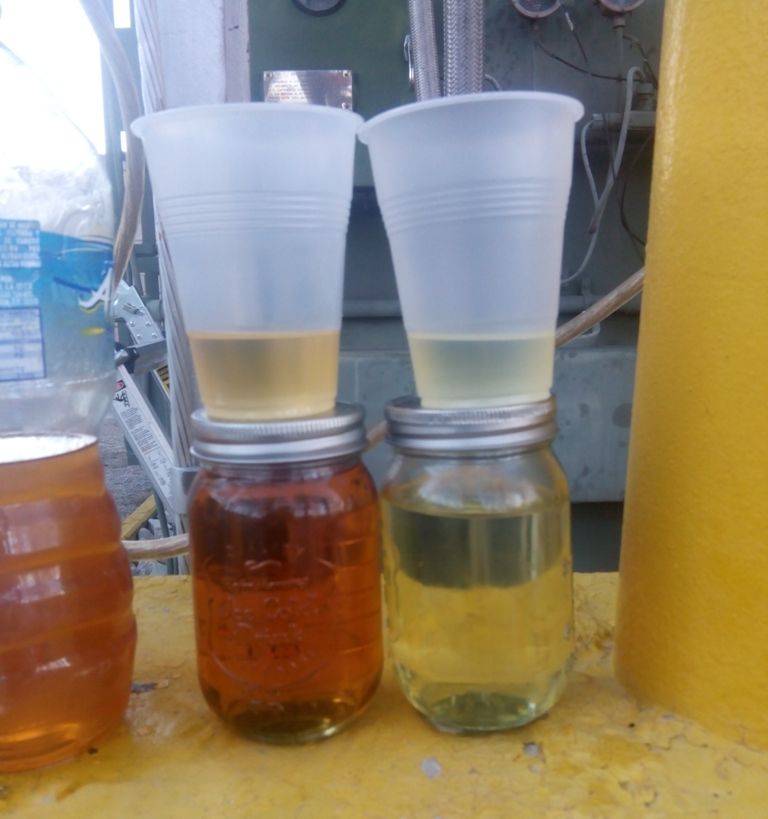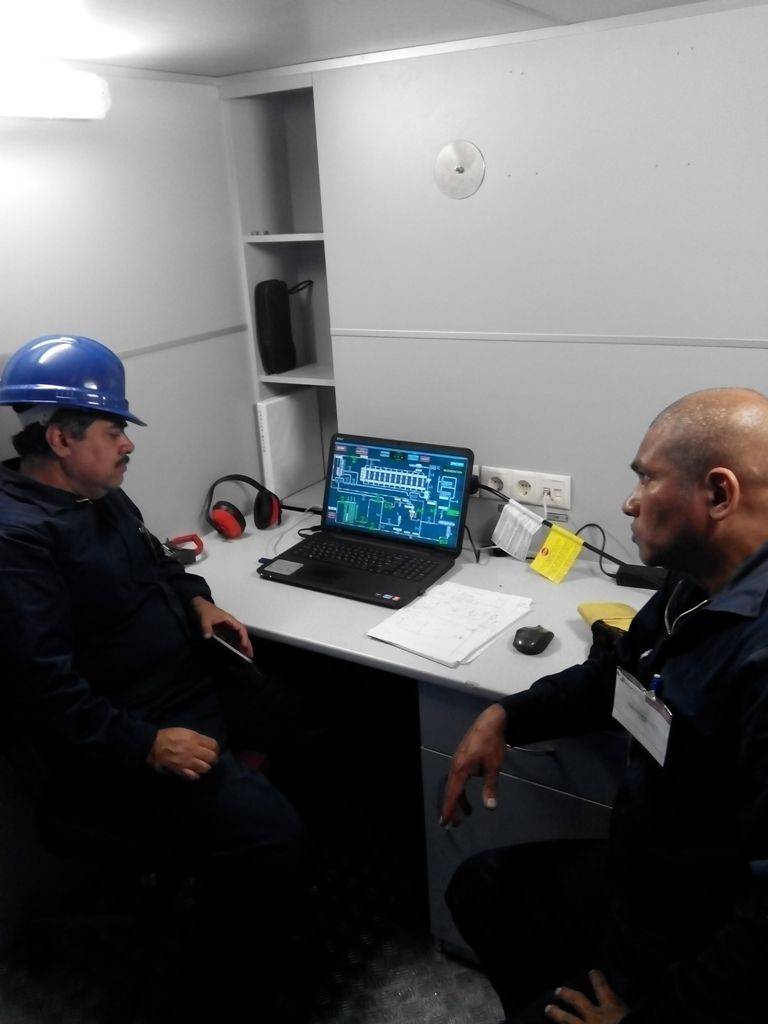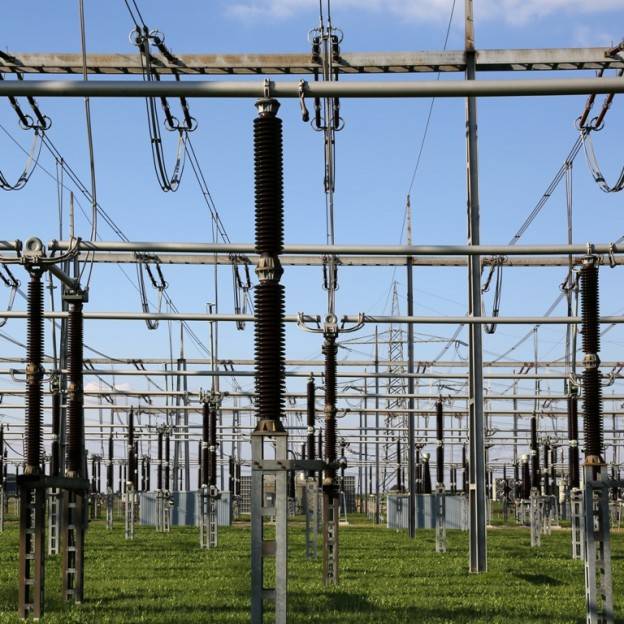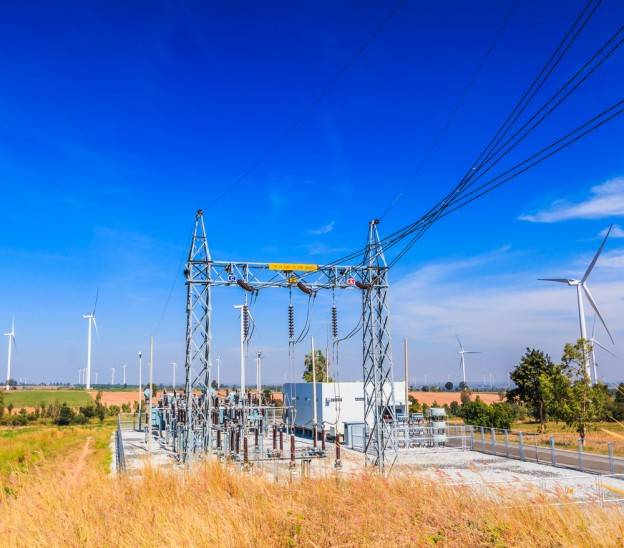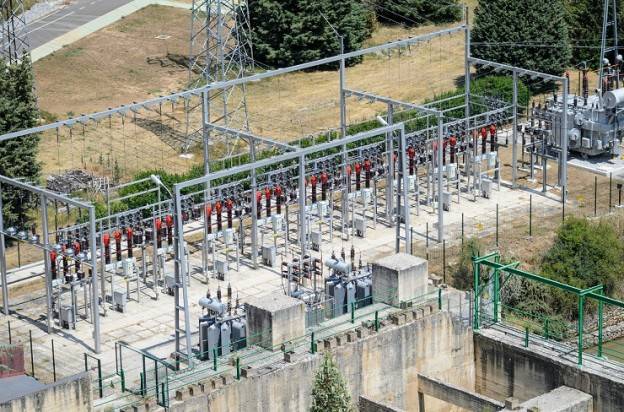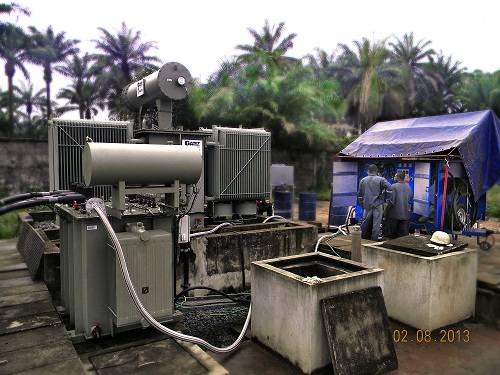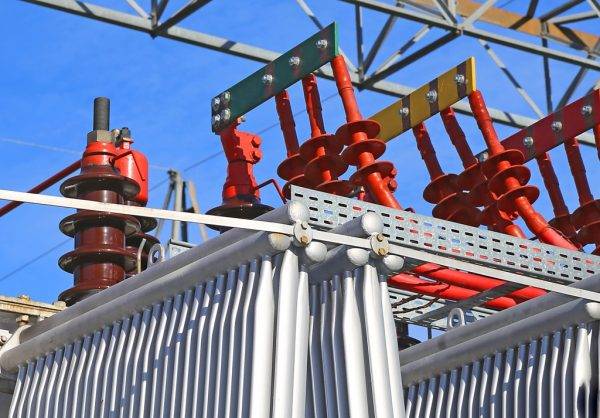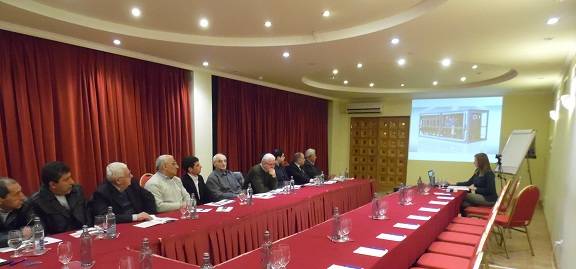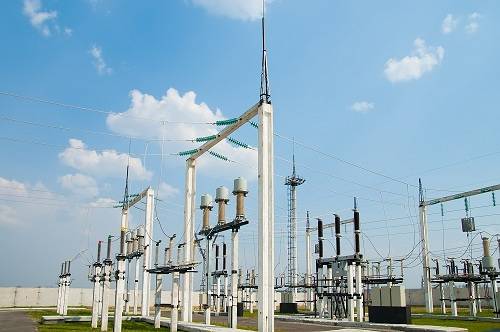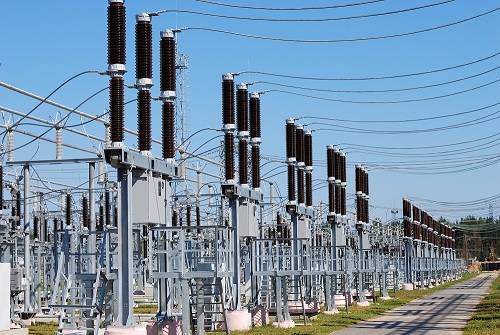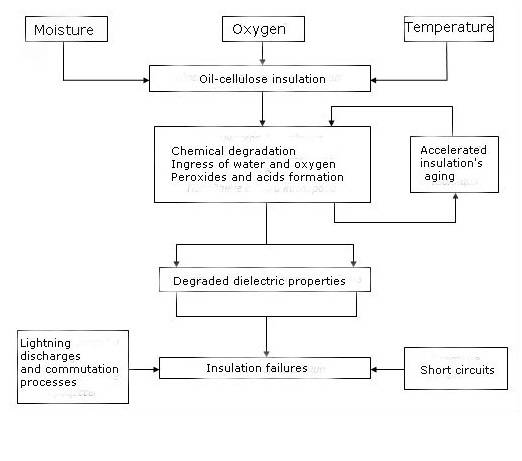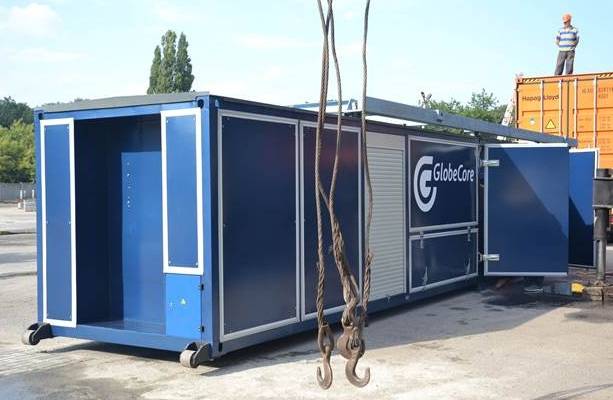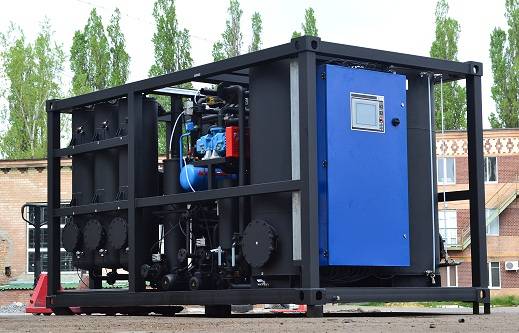In high-voltage equipment, transformer oil is used to:
- quench an arc of a switching device;
- cool down the heated parts of a transformer;
- isolate conductive parts from non-conductive ones;
- protect the transformer’s solid insulation from moisture penetration; and
- monitor the condition of the transformer’s solid insulation as a diagnostic tool;
Transformer oil should possess the necessary characteristics to transfer heat properly. In particular, we are talking about a low viscosity that allows a substance to penetrate to each and all holes and spaces and perform a heat exchange function properly. Additionally, a lower viscosity favors the operation of circulating pumps, significantly facilitating their operation. Transformer oil must have a high flash-point of at least between 135 to 145ºС that provides smooth operation under overload conditions.
Additionally it must have a high dielectric strength that is determined by testing and the “breakdown voltage.” The following statement is true: the higher the voltage class of the equipment is, the higher the requirements for its breakdown voltage will be. This value greatly depends on the mechanical impurities, moisture and sludge that can accumulate in the oil during the continuous operation of the high-voltage equipment.
Such factors as sunlight, high electric field strength, air humidity, aging of solid insulation and inter-winding faults accelerate the oxidation of transformer oils.
As the time goes by, oil’s characteristics degrade and they less able to perform their functions. In practice therefore, oil is restored to its original condition and then placed back into service which allows for multiple and continued use of the product without replacement.
Physical methods of transformer oil restoration contribute to the removal of solid impurities, micro-droplets of water and resinous and coke-like matter. Low-boiling point impurities are removed by evaporation. Transformer oil can be processed in a field of force where the forces can be of gravitational, centrifugal, electrical, magnetic or vibrational in nature.
The physical methods of oil’s restoration may also include filtration, vacuum distillation, and water flushing. The simplest method of transformer oil purification is considered to be sedimentation since the removal of water and mechanical impurities are performed by the natural sedimentation process that is influenced by gravitational forces. Sedimentation is considered to be an individual purification method as well as an intermediate one. It depends on the original contamination level of the product and the amount of time allowed for its processing.
The main disadvantage of such an approach is that it requires a lot of time for complete oil purification and then can only remove big particles with a size of between 50 to 100 microns.
Filtration is a removal of mechanical impurities and resinous compounds by passing oil through filtration barriers. There are two types of filters: screen-type and porous type. Most often, filters are made of metal and plastic mesh fabric, felted fabric, paper, composition material and ceramics. To improve the quality of transformer oil purification, the system may be equipped with both coarse-mesh and fine-mesh filters working together as a complete filtration system.
Centrifugal purification is the removal of mechanical impurities and water with the help and force of centrifuges. It consists in the separation of different fractions of non-homogeneous mixtures influenced by centrifugal forces.
Physico-chemical methods of transformer oil restoration are widely applied and include coagulation, adsorption and selective purification.
The ion exchange purification method is a kind of adsorption purification. Coagulation means a growth of small contamination particles with a help of electrolyte of organic and non-organic origin, surface-active agents, and hydrophilic high molecular compounds. With the help of coagulation, it is easier to retain big size impurities. The efficiency of such a purification method depends greatly on the amount of coagulant introduced, the current temperature, blending process and the time in contact with oil. In practice, coagulation lasts no longer than between 20 and 30 minutes. After that, big particles are separated by filtration, sedimentation, aor centrifugal purification.
Adsorption purification is carried out with the help of some substances called adsorbents that retain contaminants. Such naturally-occurring substances as bauxite, zeolites, bleaching clays as well as substances obtained by artificial means (silica gels, alumosilicates, synthetic zeolites, aluminum oxide ) may be used as adsorbents.
The disadvantages of such an approach include the need to dispose of a great amount of waste sorbent which is dangerous for the environment. There are however, technologies that are now able to reactivate the sorbent directly in the transformer regeneration equipment thereby elminating the need to dispose of hazardous waste sorbent materials. It is not surprising therefore, that this highly advanced, environmentally friendly technology is offered by GlobeCore.
Ion exchange purification is based on the ion-exchange resin that is able to retain impurities that have the potential to dissociate and separated into ions. Purification is realized by blending ionites with waste oil or using a percolation method (waste oil is passed through a column, filled with ionites). The ion exchange results in the change of ions in a space lattice of ionite by contaminated ions. It stands to reason that the performance characteristics of ionites degrade. They may be restored by flushing them with a solvent, drying or activation with a caustic-soda solution.
Ion exchange purification allows for the removal of acid compounds from oil and at the same time retains resinous substances. A selective purification is a selective dissolution of some contaminants that degrade the characteristics of transformer oil. Such substances as furfural, phenol, nitrobenzene, acetone, and cetone. Chemical methods of transformer oil restoration are based on the interaction of impurities with the introduction of reagents. After all changes are completed, we can obtain substances that can be easily removed from the oil product. This approach includes acid and alkali purifications, oxidation with oxygen, hydrogenation, purification and drying with the help of oxides, carbides and hydrides of metals.
The following are the most widespread methods of purification:
Sulphuric acid refining is the processing of transformer oil by a concentrated solution of sulphuric acid. Acid sludge is considered to be a by-product of this process that is very dangerous and is difficult to dispose of. Another disadvantage of sulphuric acid purification is that polycyclic arenes and high toxic chlorine compounds are not removed from the waste material.
Hydrofining is characterized by a greater ecological cleanliness when compared with sulfuric acid refining and adsorption purification. It does however, have an undeniable disadvantage as this method requires a great amount of hydrogen and the highest level of economically-viable efficiency of 30 to 50 thousands of tons per hour.
Todays, it is very difficult to distinguish one method that is the most appropriate in each specific case. Therefore, equipment designed for transformer oil restoration, as a rule, operates on a complex of different methods. Thus, it makes it possible to restore different brands of transformer oils and with different levels of contamination.
